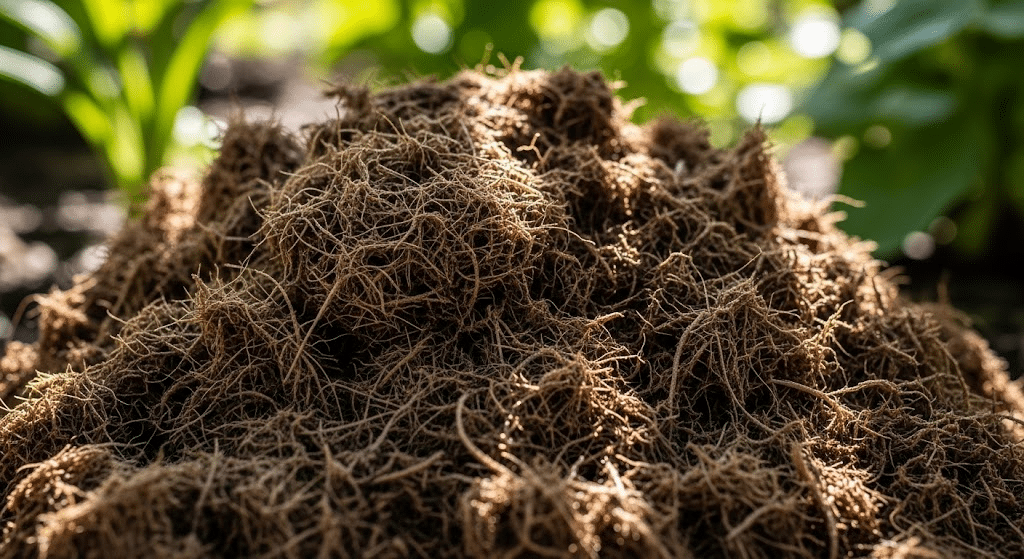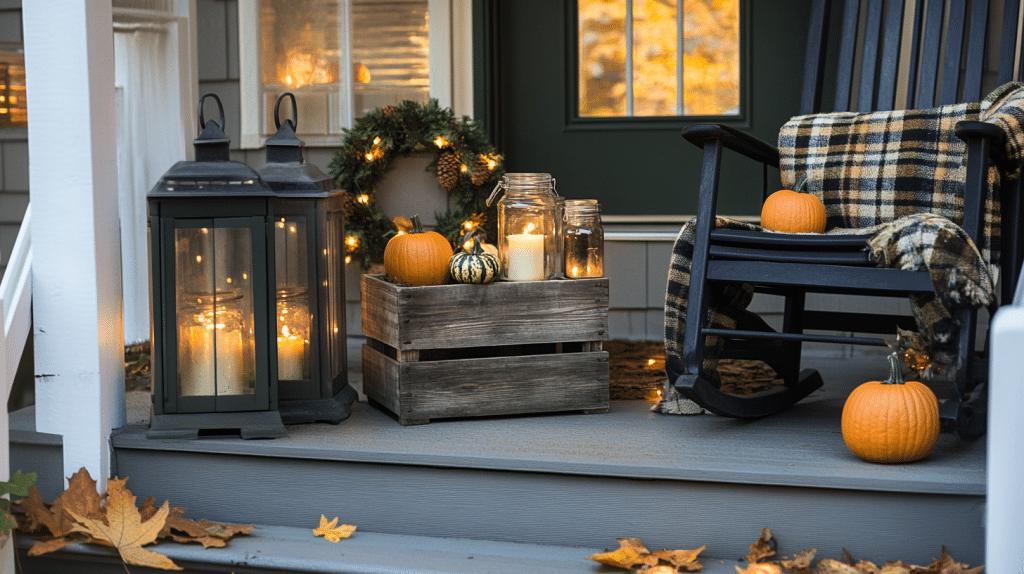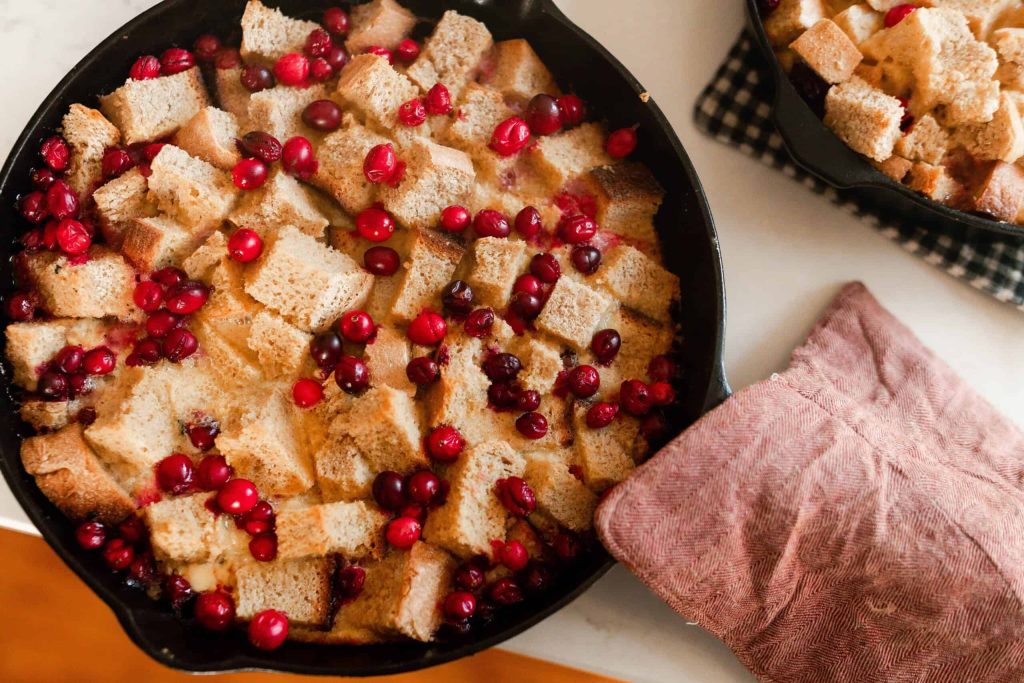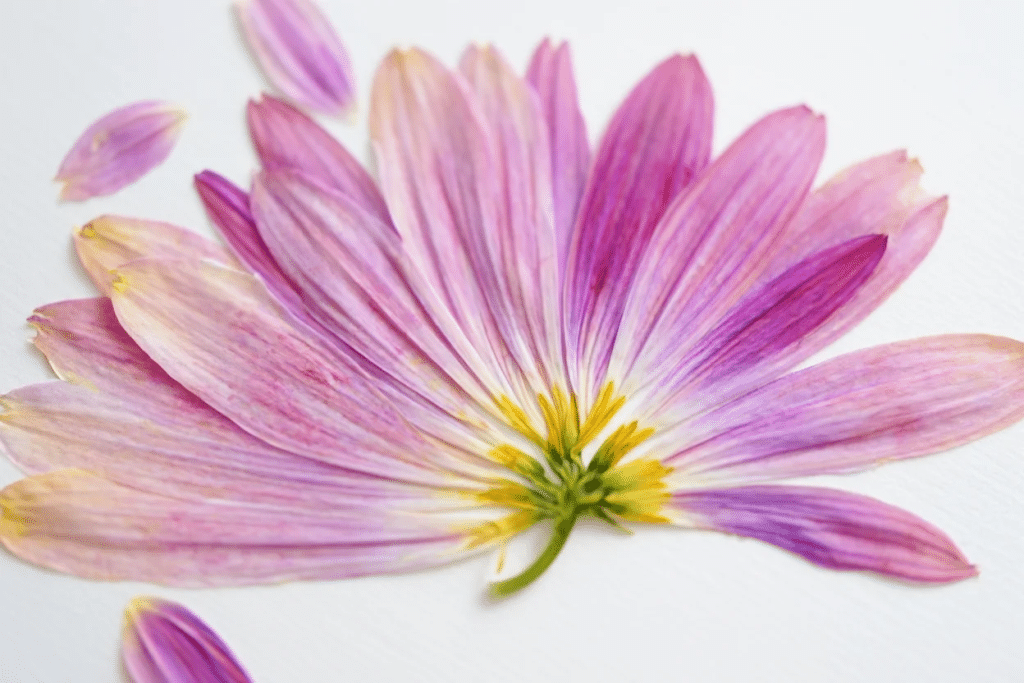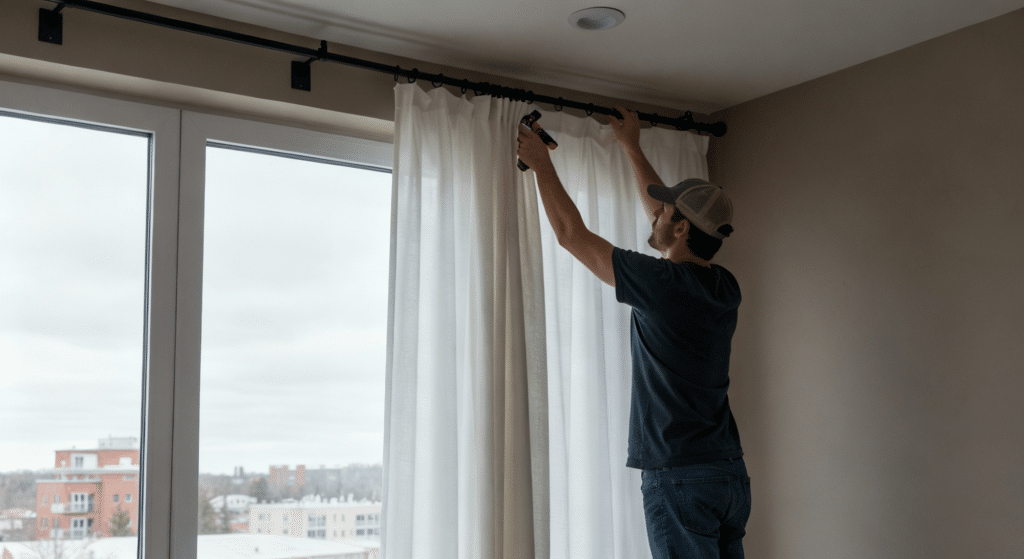Is your soil acting up again? Maybe it’s draining water too fast, or perhaps it’s so dense that your plants can barely breathe. I get it, soil problems can make gardening feel impossible.
Peat moss might be exactly what you need. It’s a natural material that comes from decomposed plant matter in bogs, and it works wonders for fixing tricky soil issues.
I’m going to show you exactly how much peat moss to add to soil. You’ll learn when to use it, why it helps, and how to get the best results. Plus, I’ll share some practical tips that actually work in real gardens.
Ready to give your plants the soil they deserve?
What is Peat Moss, Really?
It forms in waterlogged bogs where plants decompose super slowly over thousands of years. The result? A fibrous, spongy material that feels almost like cotton when you squeeze it.
Workers harvest it by draining bogs and scraping layers from the surface. This process takes time since peat forms incredibly slowly.
Here’s what sets it apart: compost breaks down quickly and adds nutrients, while coco coir comes from coconut husks. Peat moss, however, holds moisture like a sponge but stays nearly nutrient-free.
How Much Peat Moss to Add to Soil
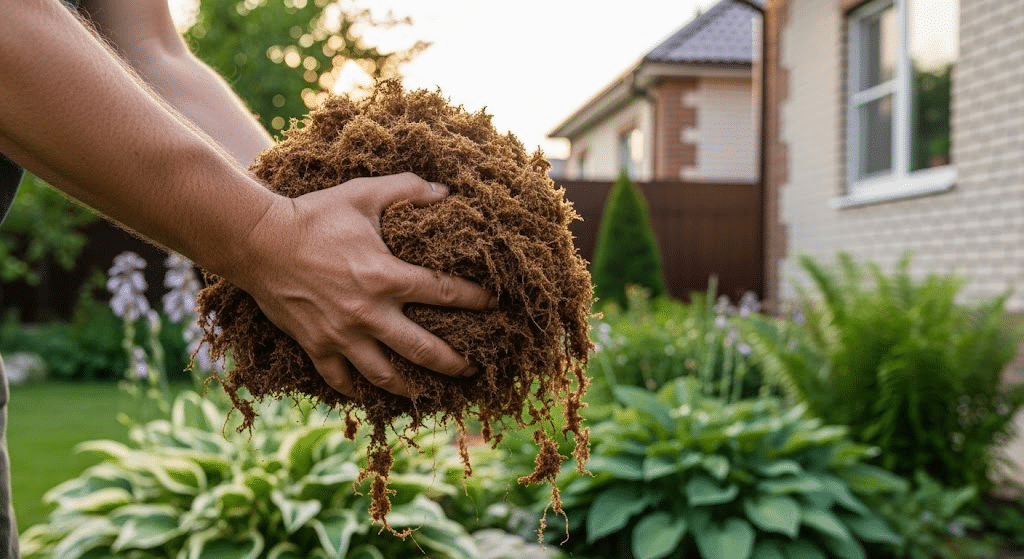
If you’re wondering how much peat moss to add to soil, you’re not alone, getting the right amount can transform your garden. Peat moss is a natural material harvested from bogs, and it’s excellent for fixing soil that drains too quickly or is too dense for roots to thrive.
- Garden Beds: Blend peat moss at a ratio of 1:3 or roughly 1:2 ratio (20–33% peat moss), especially for sandy or compacted soils.
- Container Plants: Mix in 10–20% peat moss with your potting blend for improved moisture retention.
- Lawns: For topdressing, apply a ¼-inch layer across the area. Estimate 2–3 cubic feet of peat moss to cover 100 square feet.
Pro Tips: Always wet your peat moss first; dry peat repels water like crazy. And don’t go overboard; too much makes the soil too acidic and soggy.
I learned this the hard way when I killed my tomatoes with kindness!
How to Mix Peat Moss into Soil Correctly
I learned the hard way that just dumping peat moss on top doesn’t work well.
The right mixing technique makes all the difference for your plants. Let me walk you through the simple steps I use every time.
- Garden Beds: First, I wet the peat moss in a wheelbarrow – it takes about 10 minutes to absorb water properly. Then I spread it over my bed and work it 6-8 inches deep with a shovel or tiller. I always mix thoroughly so there aren’t any dry pockets.
- Container Mixes: I combine 1 part wet peat moss with 4 parts potting soil in a large bucket. Mix it by hand until everything looks even – no clumps or streaks.
- Lawn Prep: After wetting the peat moss, I spread it evenly with a rake, then work it into the top 2 inches of soil. For overseeding, I sprinkle seeds first, then add a light peat moss layer on top.
- Pre-wetting tip: Dry peat moss floats and blows around. I always soak it until it feels like a damp sponge before mixing.
Benefits of Adding Peat Moss to Your Soil
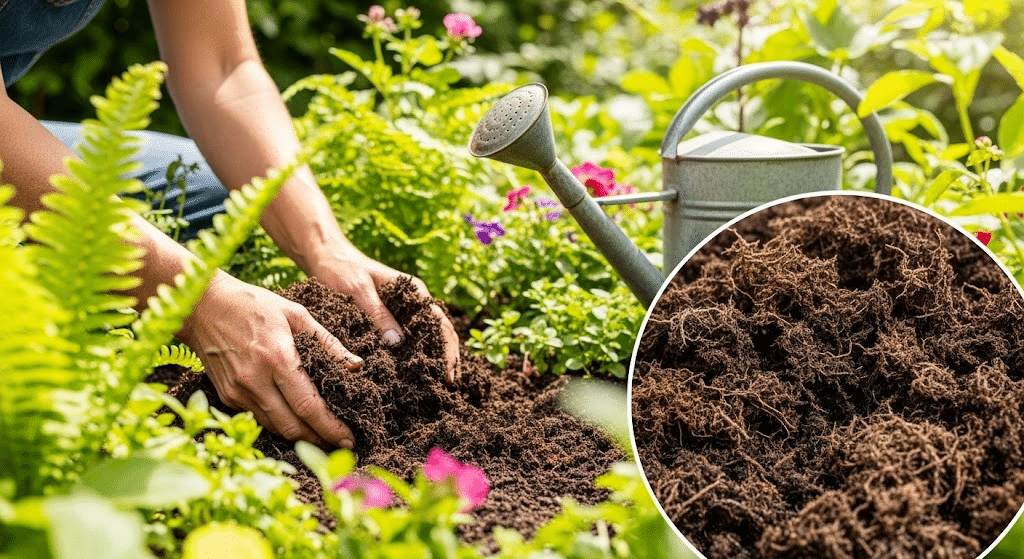
Find a range of practical benefits of peat moss that can improve the soil quality and plant health. Here are some expert-backed reasons to consider peat moss for your gardening projects:
1. Water Retention
- Holds up to 20x its weight in water
- Reduces watering frequency
- Releases moisture gradually, prevents root rot
2. Soil Aeration
The fibrous structure creates tiny air pockets throughout your soil.
I’ve noticed my plants’ roots grow much better when they can breathe properly. Heavy clay soil becomes workable, and compacted areas loosen up significantly after mixing in peat moss.
3. Improving pH for Certain Plants
Peat moss naturally lowers soil pH, making it more acidic. This is perfect for plants like blueberries and camellias that struggle in alkaline soil.
I test my soil first, then add peat moss to get the pH where my acid-loving plants need it.
4. Root Development Support
The soft, loose texture makes it easy for roots to spread and establish. Young seedlings especially benefit from this gentle environment.
I’ve seen faster germination and stronger root systems when I include peat moss in my planting mixes.
5. Natural Disease Resistance
Peat moss has natural antifungal properties that help prevent damping-off and other soil-borne diseases. This is especially helpful when starting seeds or growing sensitive plants.
I feel more confident about plant health when using quality peat moss in my garden.
Best Alternatives to Peat Moss
| Alternative | Source | Key Benefits | Best Use |
|---|---|---|---|
| Coco Coir | Coconut husks | Holds moisture well, renewable | Container plants |
| Compost | Organic waste | Adds nutrients, improves soil structure | General garden enrichment |
| Leaf Mold | Decomposed leaves | Great moisture retention | Garden beds, mulching |
| Perlite | Volcanic glass | Amplifies drainage | Plants needing dry conditions |
| Vermiculite | Expanded mineral | Retains moisture | Moisture-loving plants |
Pro Tips to Increase the Value of Peat Moss Addition
Peat moss is a popular soil amendment valued by gardeners for its ability to retain moisture, improve aeration, and support healthy root growth.
Its natural acidity benefits acid-loving plants, and it helps create an optimal environment for thriving gardens and containers.
- Keep peat moss in the top 2–3 inches of soil.
- Mix fertilizer or compost into the soil first, wait a week, then add peat moss.
- Mix peat moss and compost in equal parts (50-50) for best results.
- Test soil pH after adding peat moss; adjust with lime if needed.
- Refresh peat moss in containers yearly; reapply to garden beds every 2–3 years.
- Monitor soil pH regularly, as peat moss’s acidifying effect is temporary.
Conclusion
So, should you use peat moss? If you have sandy soil, want to know how much peat moss to add to soil, or are considering growing acid-loving plants or starting lots of seeds, then yes, it’s worth trying.
But if your soil already holds moisture well or you prefer sustainable options, stick with compost or coco coir instead.
Here’s my advice: test your soil pH first. This simple step saves you from making expensive mistakes.
Ready to get started? Grab a soil test kit, check your pH, then decide if peat moss and how much peat moss to add to the soil fits your garden’s needs. Your plants will thank you for taking the time to do it right.


